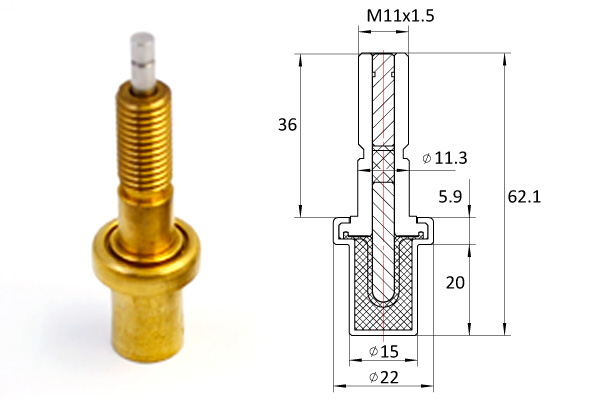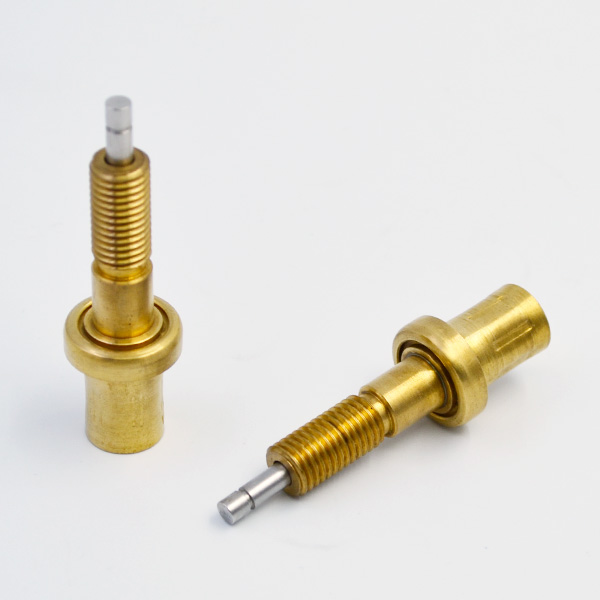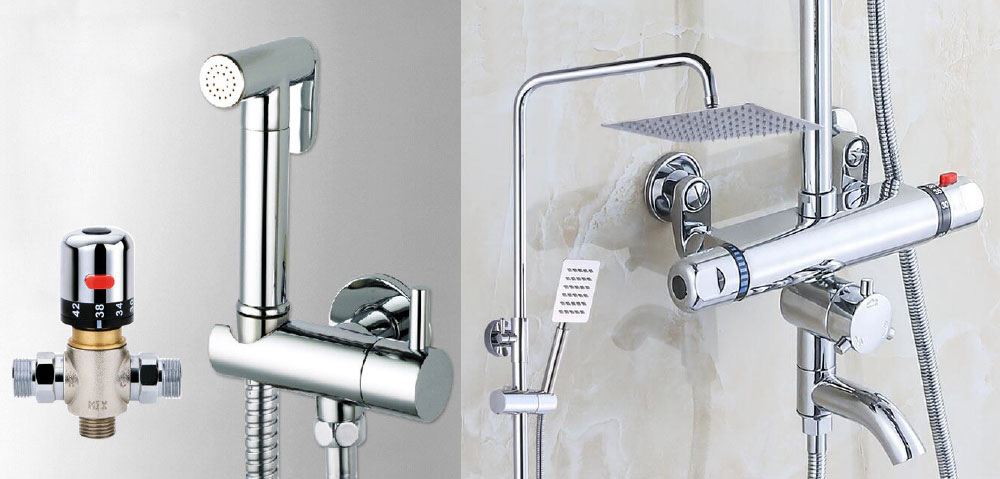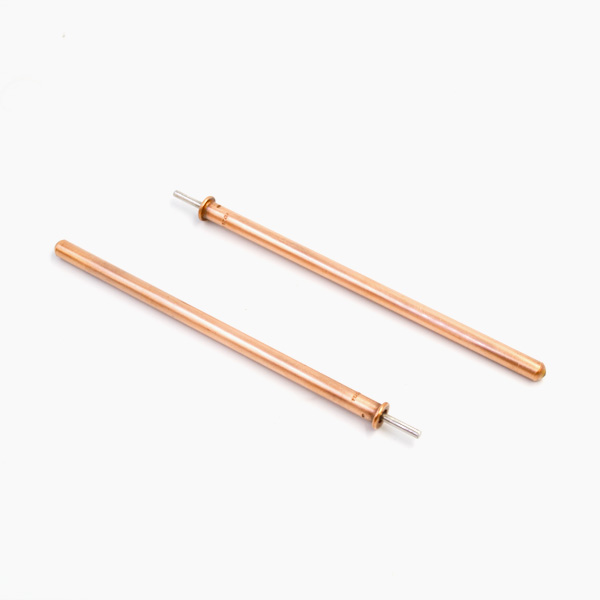Modern society has gradually realized digitalization, and China’s aviation industry has been struggling on the road of digitalization. This paper mainly studies the design technology of digital electronic controller for small aeroengine, hoping to help improve the control system. With the continuous development of science and technology, aeroengine control system, as an important control system on aircraft, is also developing rapidly. At present, the renewal and application of electronic computer technology is gradually promoting the perfection of fully restricted digital electronic control system. The core of the system is the computer, which makes use of the computer’s digital computing ability and logical processing ability to promote the operation of the engine, thermostatic element and continuously improves the operability of the engine. Our country’s scientific researchers have been constantly studying the aviation control system, and have made some achievements, but there is still a big gap between the developed countries. The following is mainly about the details of its design. From the above figure, we can clearly observe the principle framework of the aero-engine numerical control system.
When the system determines the design scheme, it should be combined with the specific requirements of the engine.

Similarly, the electronic controller should also make the appropriate design scheme to ensure that all components of the whole system meet the design requirements. In the engine digital control system, the first thing to ensure is the safety of the working environment where the electronic controller is located, so that the engine can start normally and run safely and steadily. Secondly, attention should be paid to the power supply of the electronic controller. Batteries are supplied before starting and generators are supplied after starting. For the electronic controller, it is necessary to collect the input signals, which are sent by different types of sensors of the engine; besides the input signals, it also collects the switching signals, which not only relate to the state of the engine, but also some of them involve its external instructions; then it realizes the conversion of various signals into certain digital signals; and ensures the operation of the control software. Continuity, eliminating the interruption source of the platform; constantly converting and driving the corresponding digital and analog quantities, can ensure the switching between different channels, and meet certain communication functions; ensure the excitation power required by some sensors.

Temperature sensor. Temperature sensor literally is used to measure temperature, the measured position is the rear of the fan.
In general, we choose the hot spot couple temperature sensor, which is simple in structure, fast in response to temperature, has relatively high sensitivity and good stability. The range of temperature measurement can be between zero to 60 degrees Celsius and 200 degrees Celsius, so it is the best choice of temperature sensor. Speed sensor.
Speed sensor is used to measure the rotational speed of the engine rotor in operation. Magnetoelectricity speed sensor is chosen. This type of sensor has high accuracy and stability. It can also measure the speed of tens of thousands of rotors accurately and ensure the high speed requirement of the engine.
The output signal of the engine is periodic frequency signal.

Pressure sensor. Pressure sensor is used to measure the air pressure behind the press. The piezoresistive pressure sensor is chosen. This type of sensor not only meets the high standard of sensitivity and accuracy, but also can measure zero to twelve absolute atmospheric pressures.
It is small and convenient to measure. Displacement sensor. The change of fuel flow in Aeroengine can be measured by displacement sensor, and LVDT differential transformer displacement sensor can be selected. The output signal of the sensor is voltage signal. Controller redundancy scheme. For the redundancy design of aviation control system is various and has its own characteristics, we mainly introduce the structure design of dual redundancy NC channel. The composition of the NC channel depends on different modules, including signal conditioning, input, CPU, output, BIT, communication, fault switching, drive output and so on.
One of the two modules can be used as the main control channel, and the other can be assisted to ensure that it is in the hot backup state. If there is a fault, only switching the module can ensure that the system continues to run. CPU module scheme. The CPU module is the core of the whole control system. The performance of the single module directly affects the function of the whole control system. The specific tasks of CPU module are: data acquisition, digital and logical operation, data storage, real-time interruption, data output and communication requirements.
In this control system, we use embedded microprocessor PC104, which integrates Intel 486 processor on its motherboard. Its energy consumption is low. There are timers and interrupt controllers.

The external interface of the motherboard has not only compatible parallel ports and serial ports, but also optional serial ports. The main features are small size, low functional loss, good seismic performance, and a wide bus range, which basically meets the requirements of the engine. Input signal processing mode. For different types of input signals, different processing methods should be set. If it is temperature signal, temperature sensor should be used to regulate the circuit to expand the size of the signal as far as possible.

At the same time, compensation of the reference contact and certain linearization processing should be carried out to make the signal gradually meet the system requirements. Output signal processing is a special way of output signal, which can not directly drive the execution structure.
It is necessary to have a certain conversion. Specifically, different actuators should be processed according to different actuators, including electro-hydraulic servo valve, high-speed solenoid valve and stepping motor. The types of electro-hydraulic servo valve control are hardware and software closed-loop control.
Hardware closed-loop control has fast response speed and occupies less CPU, while software closed-loop control has parameters that can be easily adjusted to achieve efficient control. The control of high-speed solenoid valve needs to design the circuit of signal generation because of the characteristics of the signal, and integrated chip can meet these requirements, because it has a large number of internal circuits. The realization of the control system is mainly through software programming. The program mainly runs BIT self-check and system fault diagnosis. The specific steps can be observed by the flow chart of the control system software. In summary, for the realization of digital electronic controller of small aeroengine, it is necessary to design a reasonable general scheme of the system according to the requirements of the engine in the digital control system. The input and output of the controller, the signal of the sensor and so on are processed, and the analog input, frequency and switching signals are regulated to meet the requirements of the electronic controller step by step. Of course, the design scheme needs to be improved in the future, and strive to play its more practical value and provide better service.
